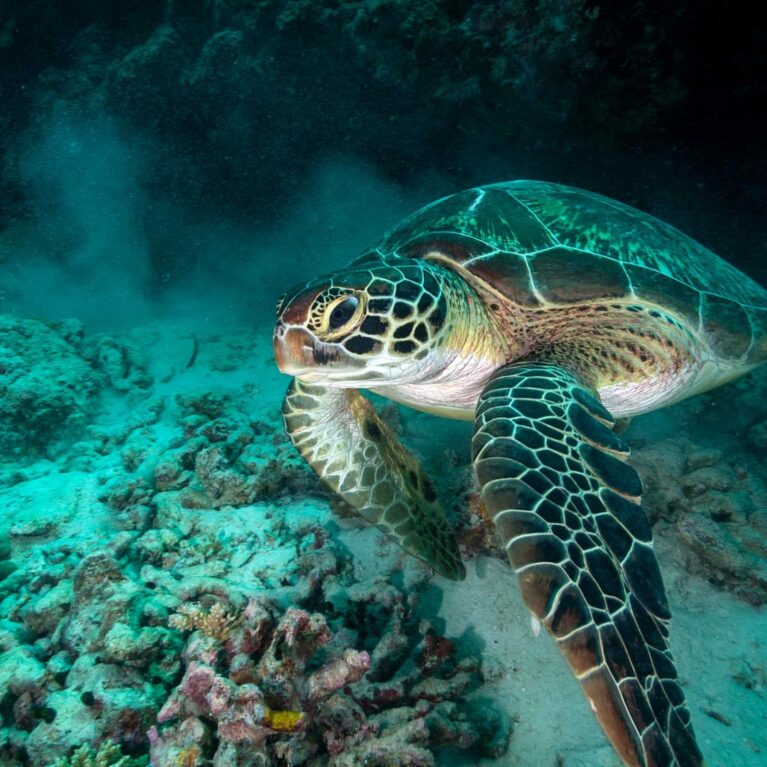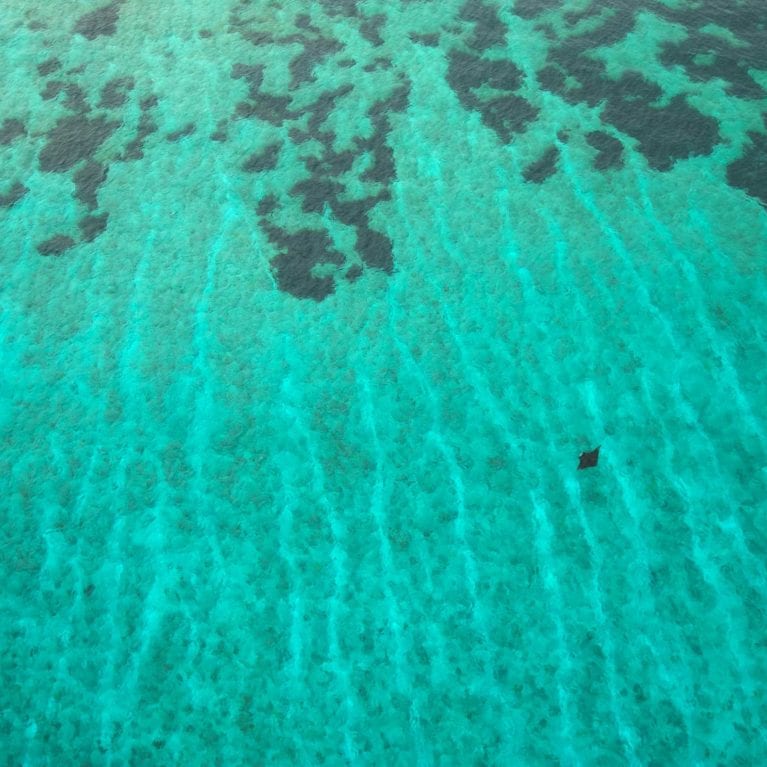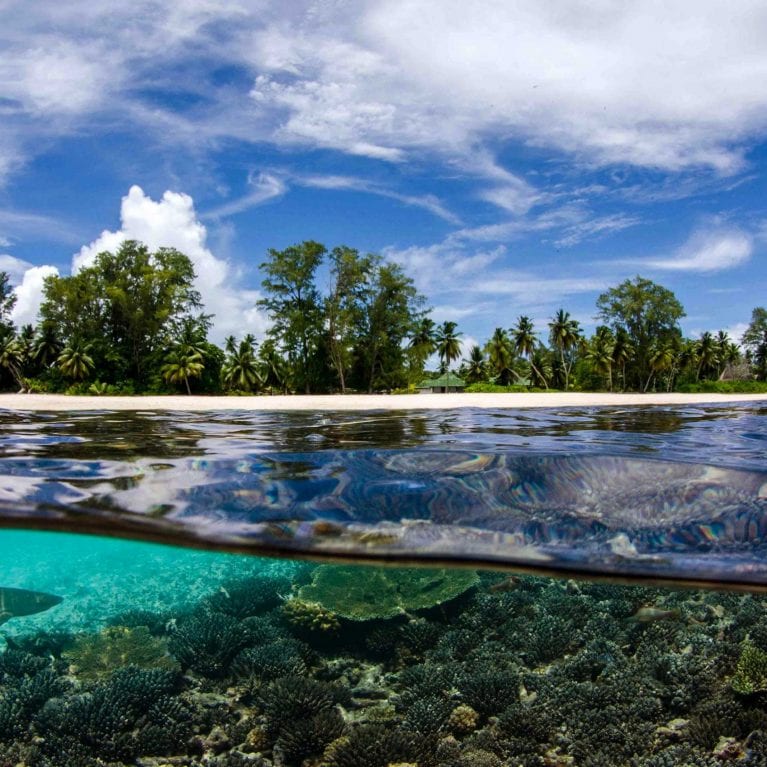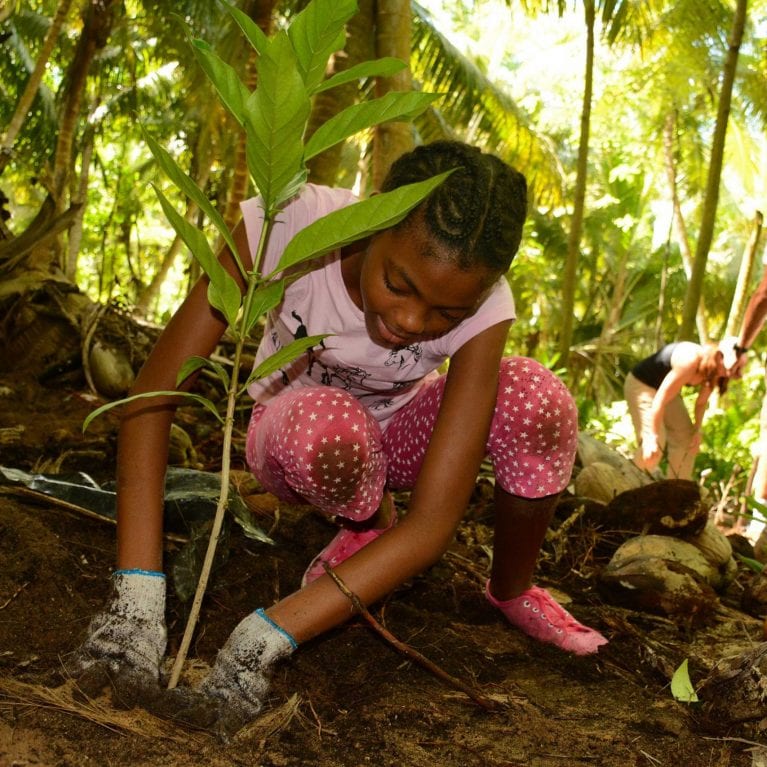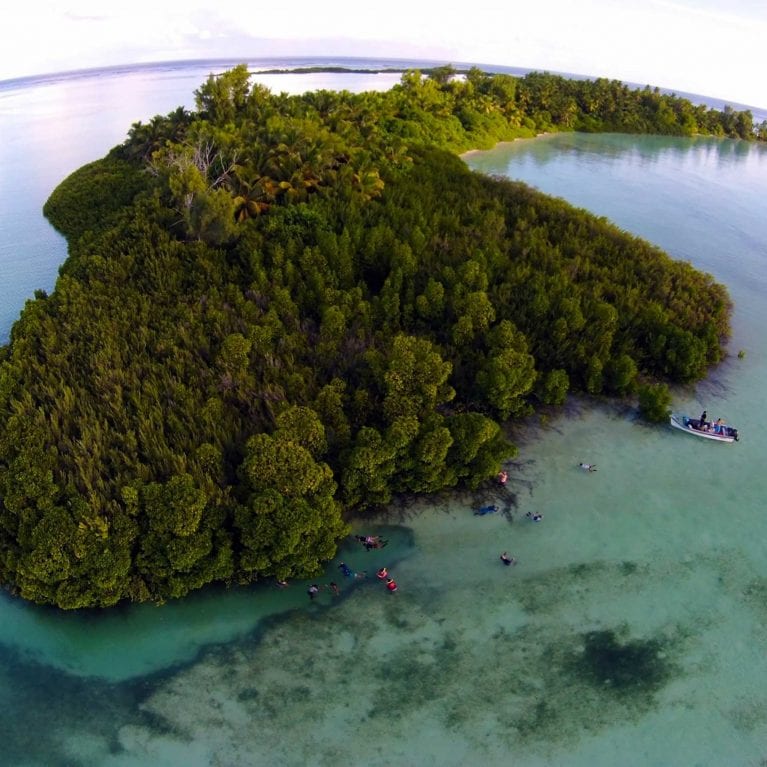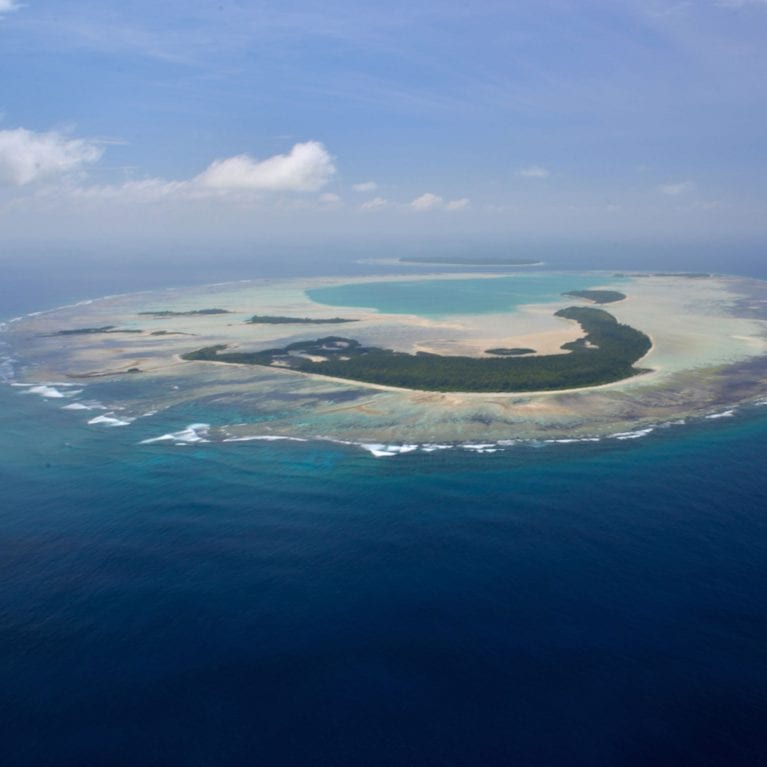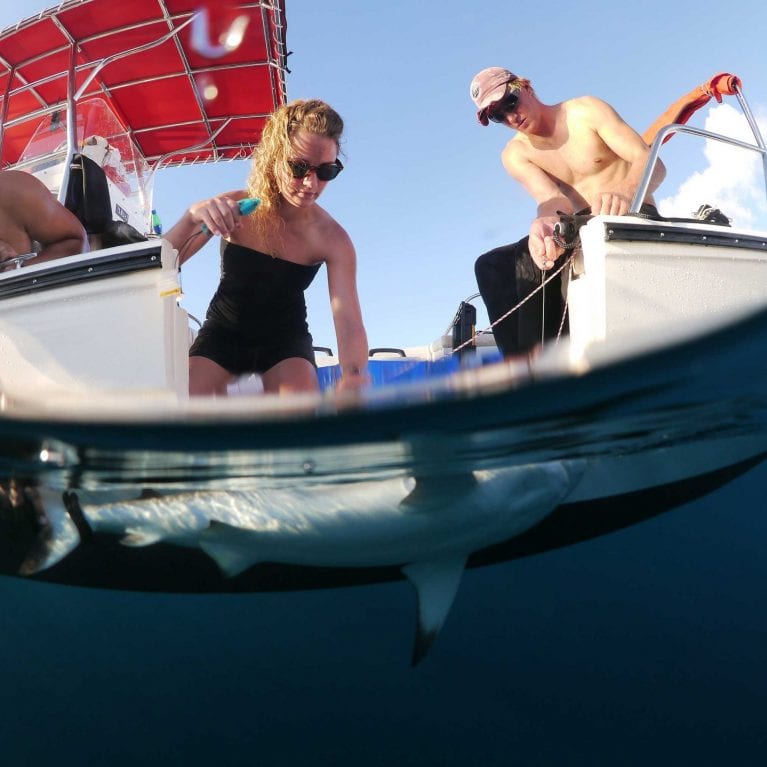In an exciting development towards the protection of the beautiful coralline islands of St Joseph Atoll, the Seychelles’ Ministry of Environment recently proposed the designation of the Atoll and its surrounding waters as a part of a larger zone 2 marine protected area. Formal protection of these tiny pockets of pristine wilderness will provide a sanctuary for some of the world’s last remaining giant tortoises and healthy communities of sharks, rays and turtles, making D’Arros and St Joseph the ‘Aldabra of the Amirantes’.
About 150 million years ago a massive chunk of land broke free from what is now the African continent and began drifting north. While most of this land mass continued on its passage to Asia and eventually became the Indian subcontinent, thin slivers of it were left in the middle of the Western Indian Ocean, seeding the islands of the Seychelles. More recently, the coralline Outer Islands have formed and together these remote islands and their surrounding ocean systems have evolved into some of the most distinctive natural environments on the planet.
D’Arros Island and St Joseph Atoll are located 220 kilometres from the Seychelles’ capital Victoria, on the Amirantes Bank in the country’s remote, low-lying Outer Islands. In contrast to the lush, granitic Inner Islands, the less fertile Outer Islands have remained, throughout the history of the Seychelles and today, mostly uninhabited, apart from a few fishermen, guano collectors and coconut plantation workers.
During the past 40 years, private owners have helped to ensure the protection of the D’Arros and St Joseph ecological system. By declaring the new reserves (D’Arros zone 1, St Joseph zone 2), the government of the Seychelles will formally demonstrate their ongoing commitment this legacy of conservation. The proposed legislation bans fishing within one kilometre of the islands and prohibits any development on St Joseph Atoll. This protected area will provide a refuge for the complex community of plants and animals that thrive at the islands.
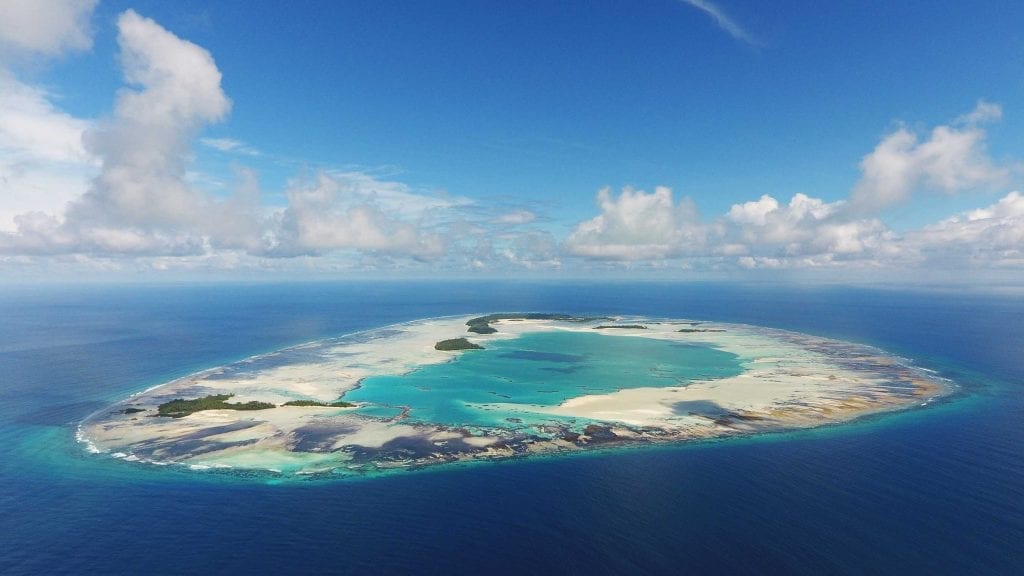
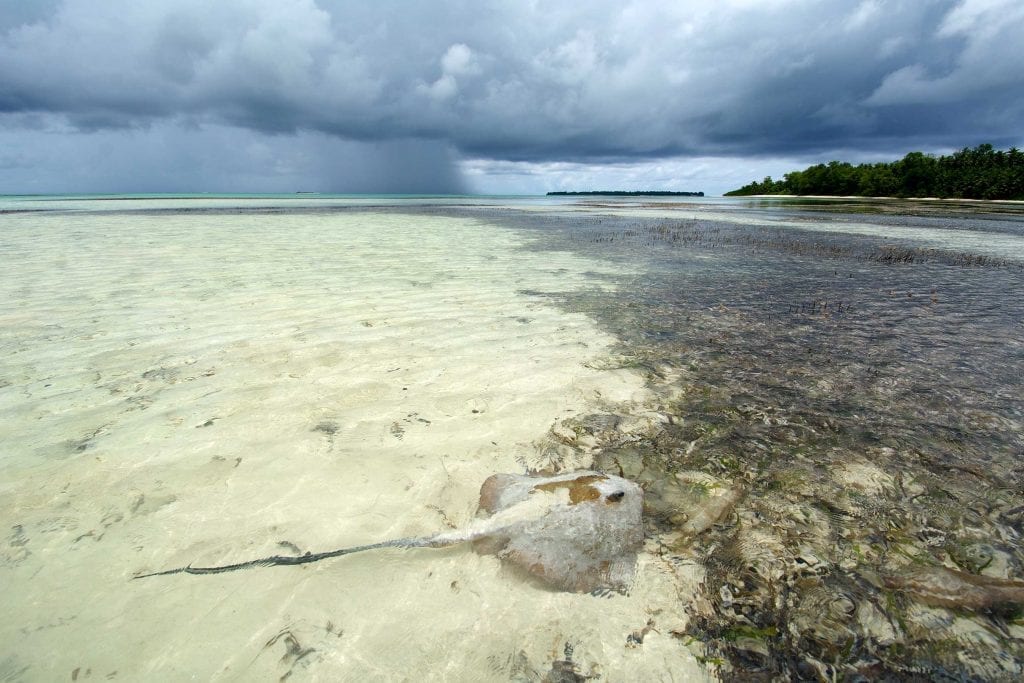
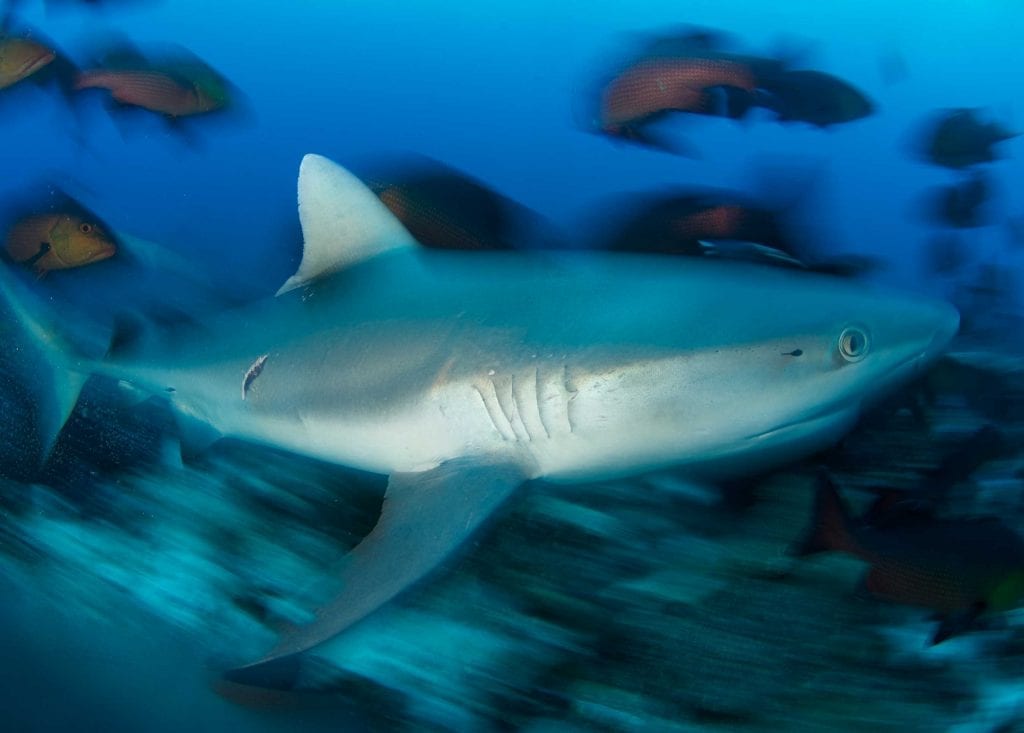
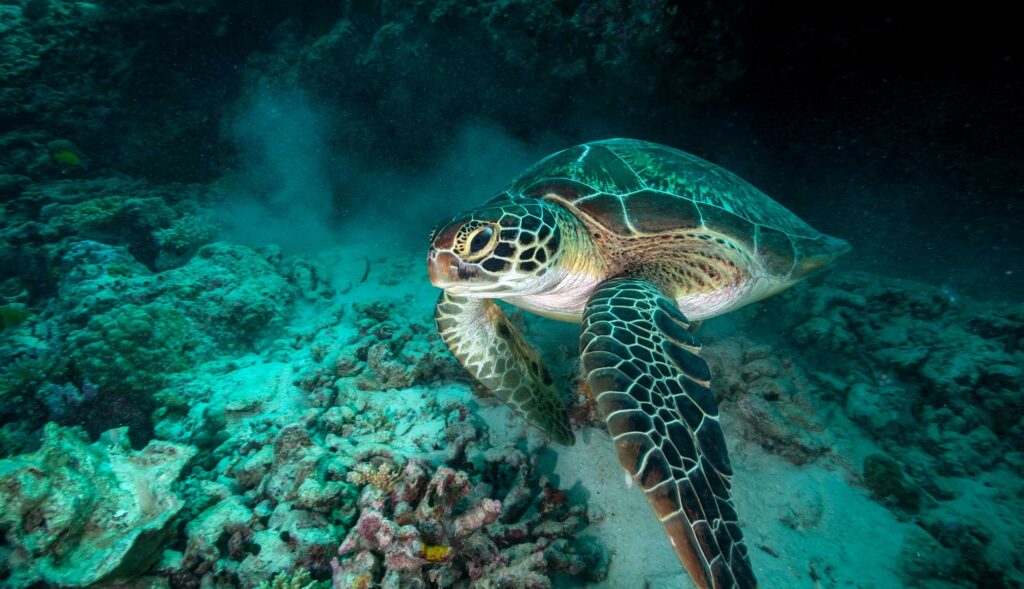
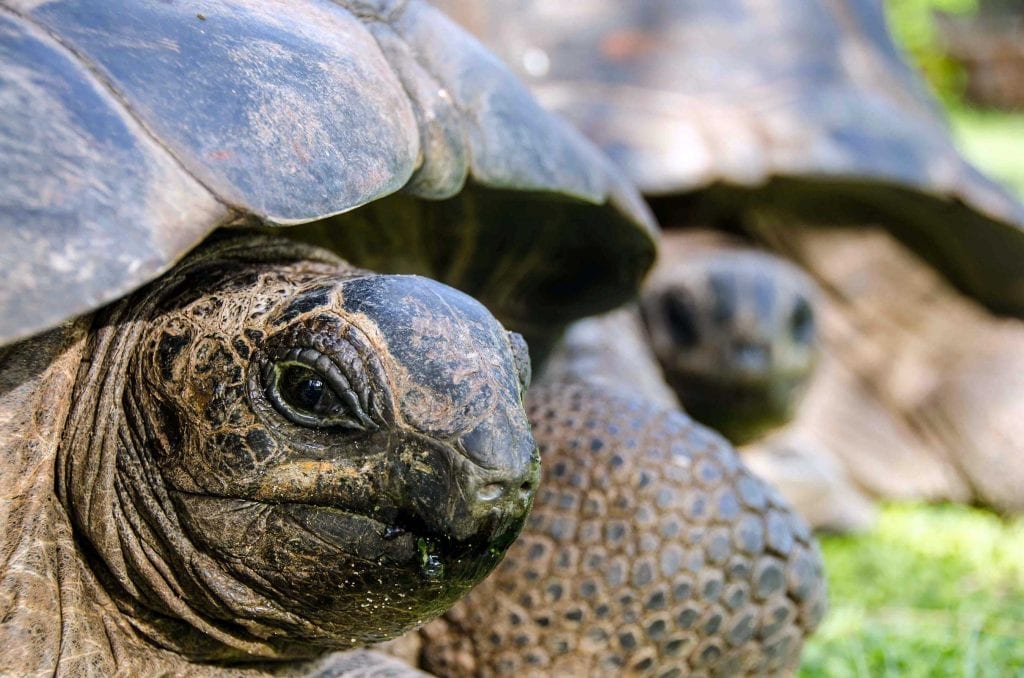
The islands of D’Arros and the St Joseph Atoll are surrounded by colourful reefs that swarm with life at every level of the food web. Various shark species – tawny nurse and blacktip, grey and whitetip reef sharks – live there, along with hundreds of green and hawksbill turtles that can be seen gliding above the coral. There are more than 300 fish species of all shapes and sizes, ranging from fluorescent reef fishes to predators like tuna, king fish, snappers and barracuda. Manta rays are present year round, often at a cleaning station 20 metres from the beach, as are eagle rays and different species of stingrays.
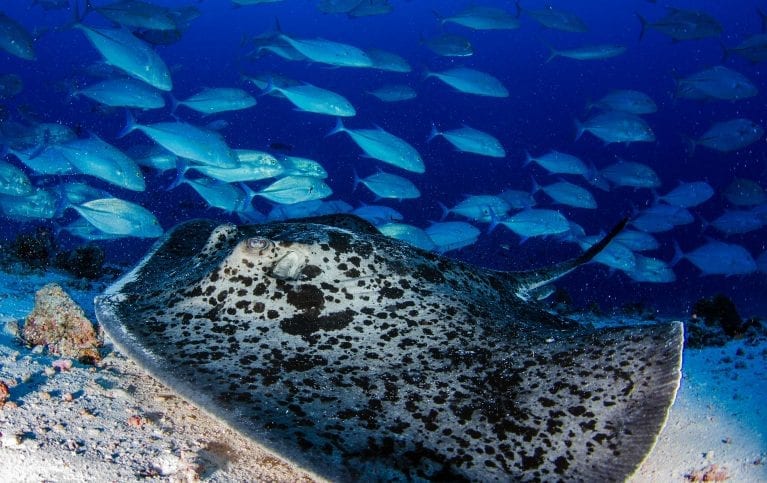
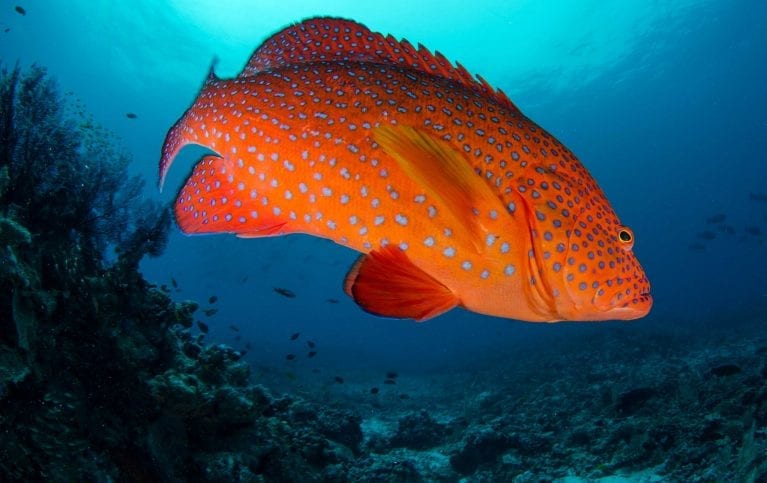
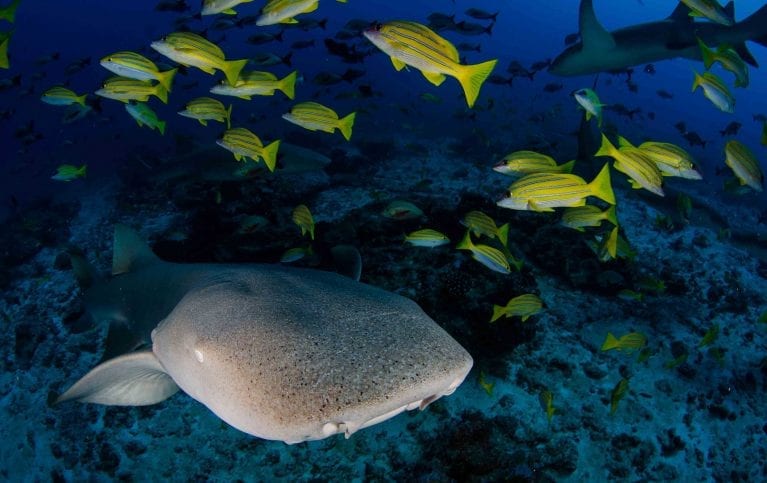
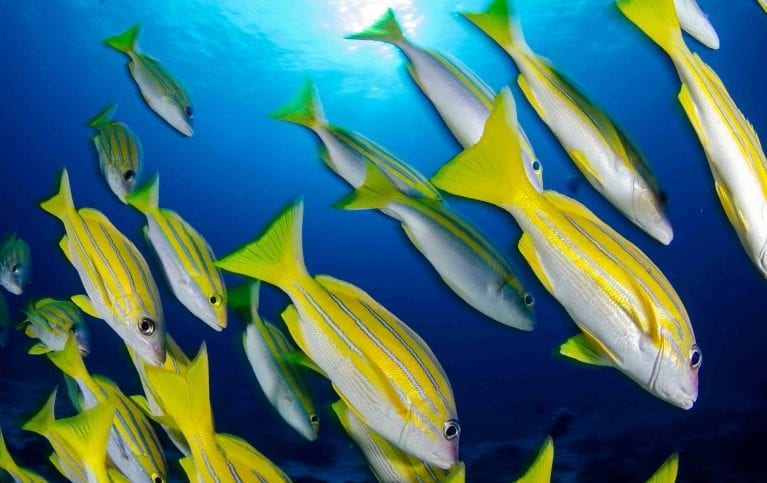
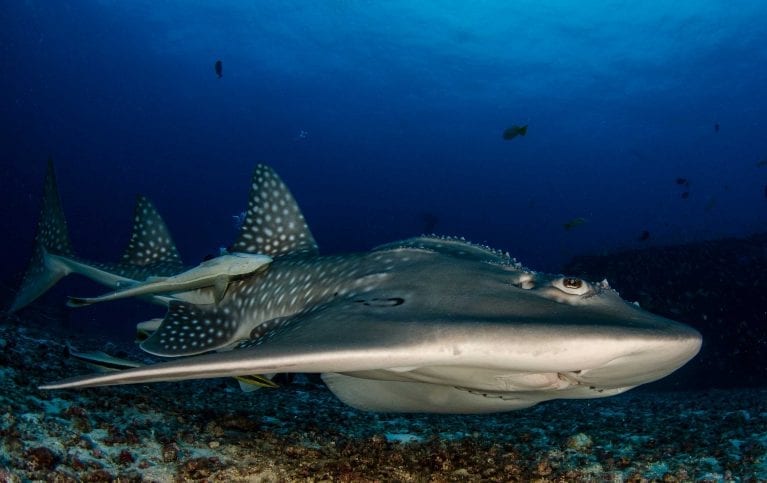
On the edge of the Amirantes Bank, just one kilometre from D’Arros Island lies St Joseph Atoll, whose circle of five large islands and scattered smaller islands completely enclose a 4-kilometre-long lagoon. The atoll supports nursery and feeding habitat for hundreds of sicklefin lemon and blacktip reef sharks, as well as thousands of stingrays. This concentration of rays is so great that when moving through the lagoon on foot, visitors must be cautious not to step on them. The nutrient-rich and protective system provides a nurturing environment for young marine animals of every description and makes St Joseph’s lagoon the most important nursery site in the Amirantes.
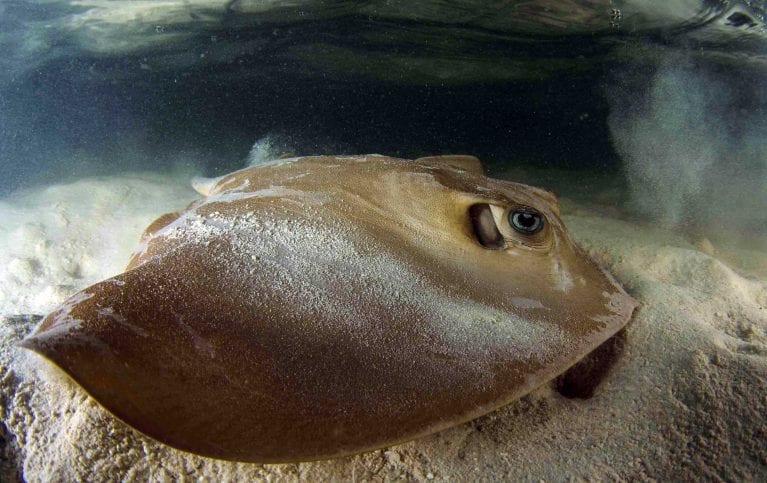
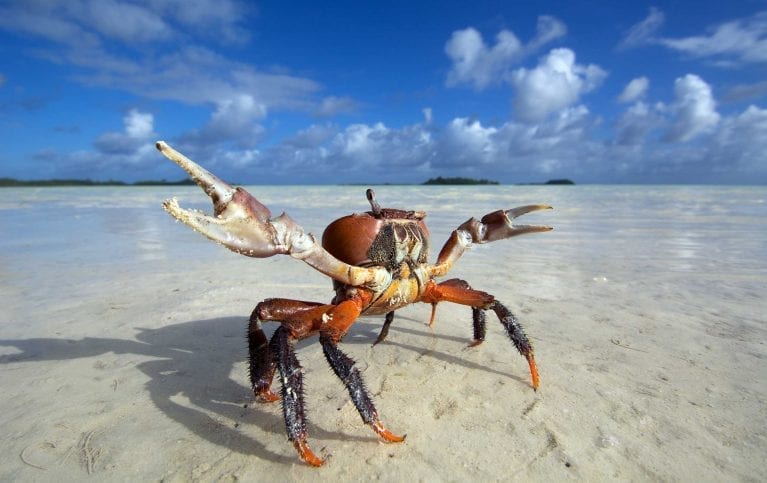
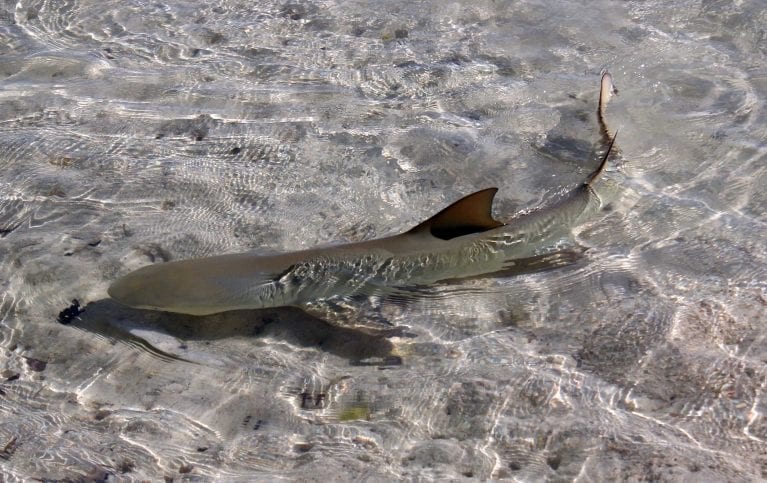
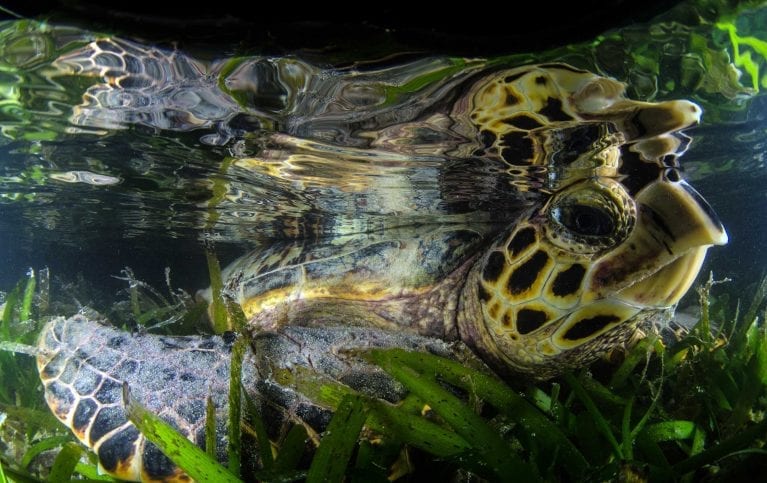
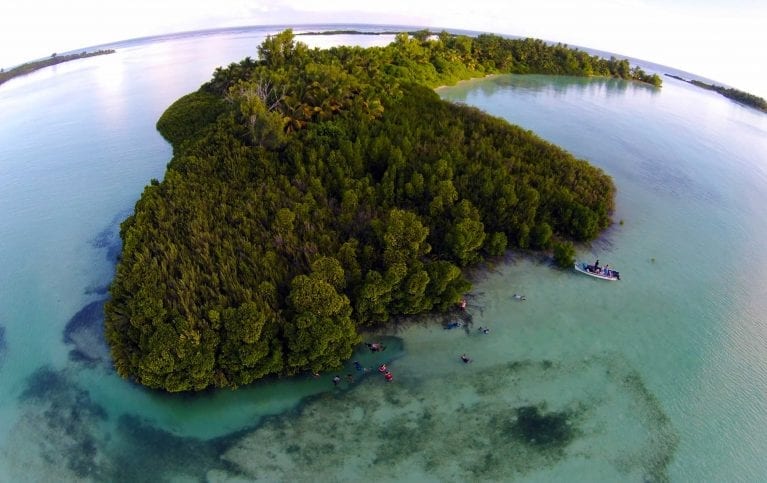
On land, D’Arros and the islands of St Joseph may be small, sandy and flat, but they are home to some of the oldest creatures on the planet: giant Aldabra tortoises. A free-ranging crawl of roughly twenty of these living dinosaurs can be found lumbering across D’Arros. Despite the fact that much of the indigenous broad-leaf forest that once tangled across the islands was replaced by coconut plantations, numerous terrestrial species have continued to thrive. Geckos and skinks can be found scuttling up tree trunks and through the undergrowth. The higher tree branches provide a roost for more than 1,000 frigate birds and 1,500 lesser noddies. Closer to the ground the rat-free islands support one of the largest populations of wedge-tailed shearwaters in the Western Indian Ocean. In all, the proposed reserve provides migratory refuge, foraging grounds and breeding grounds for 67 bird species. This rich birdlife is important for the marine realm as well; the guano produced by seabirds provides essential nutrients for the surrounding ocean food web.
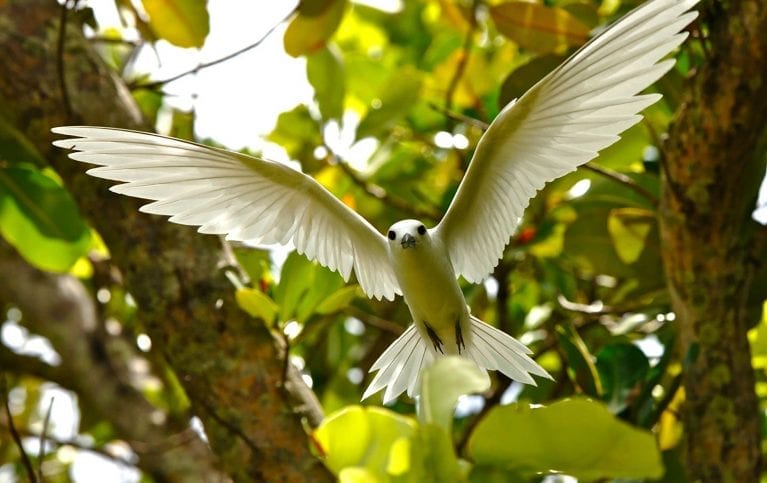
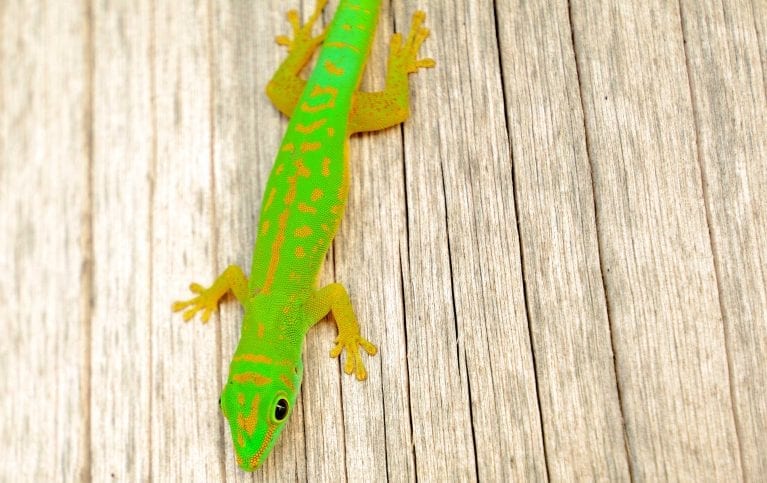
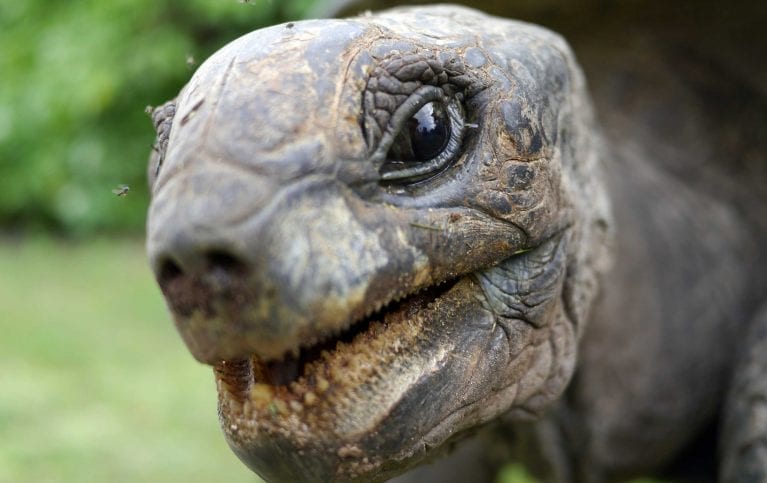
As is the case with all protected areas, the success of the proposed reserve will depend on careful and informed management. Scientists at the D’Arros Research Centre (DRC) have been studying the D’Arros and St Joseph ecological system since 2004, and in 2012 the Save Our Seas Foundation (SOSF) took over the management of the facility allowing for the DRC to further its reach and goals. Once the atoll has protected status, the Foundation will continue to work with international scientists, the government, stakeholders and experts in marine protected area management to ensure that the islands remain ‘the Aldabra of the Amirantes’.
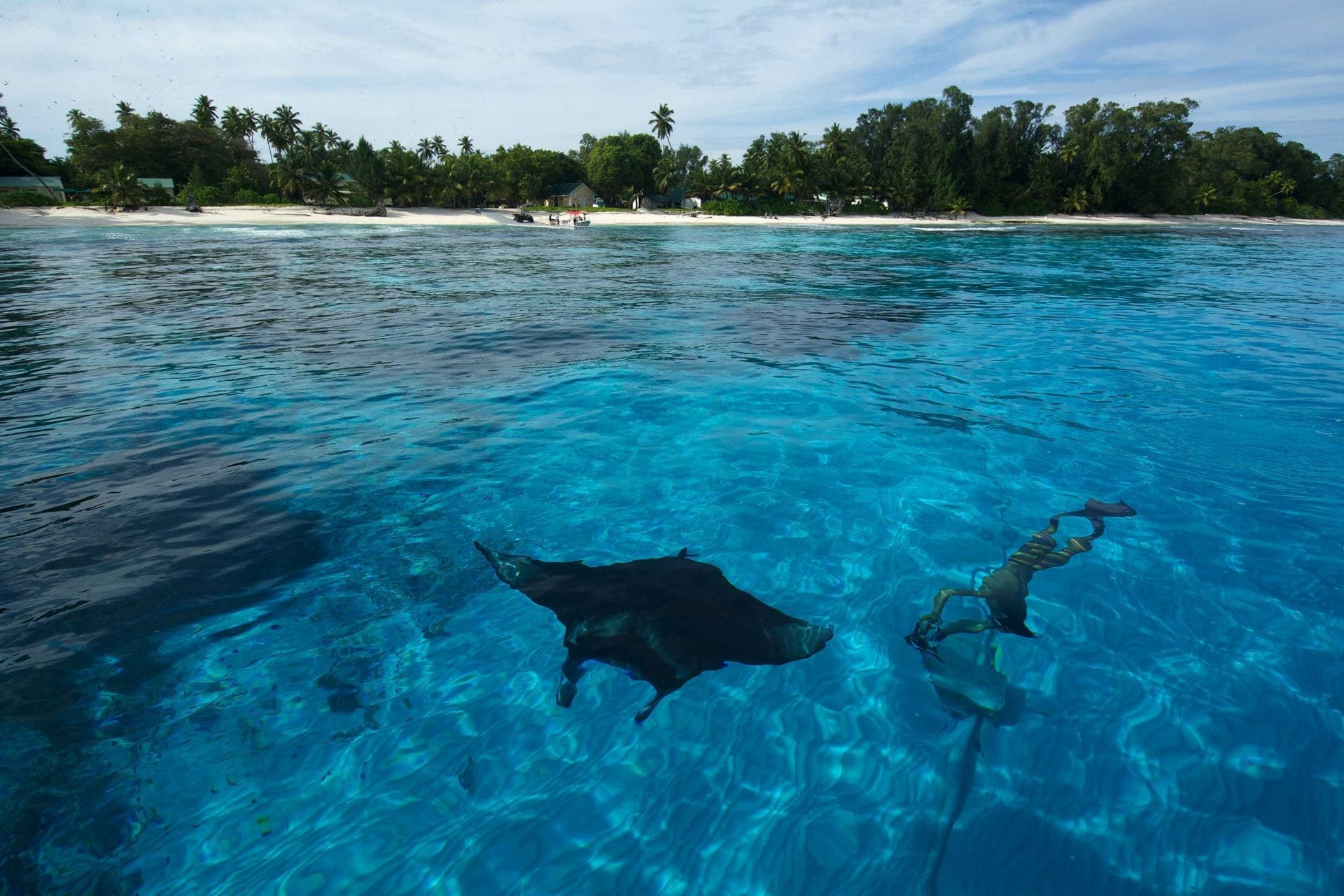
Scientific knowledge is the basis for effective conservation. With the right knowledge, scientists can paint a holistic picture of the complex features that make an ecosystem function. For 10 years, the SOSF–D’Arros Research Centre has been conducting research at D’Arros Island and St Joseph Atoll. The information it has assembled will be vital to guiding management policies for the new reserve, as well as for similar systems in the Western Indian Ocean.
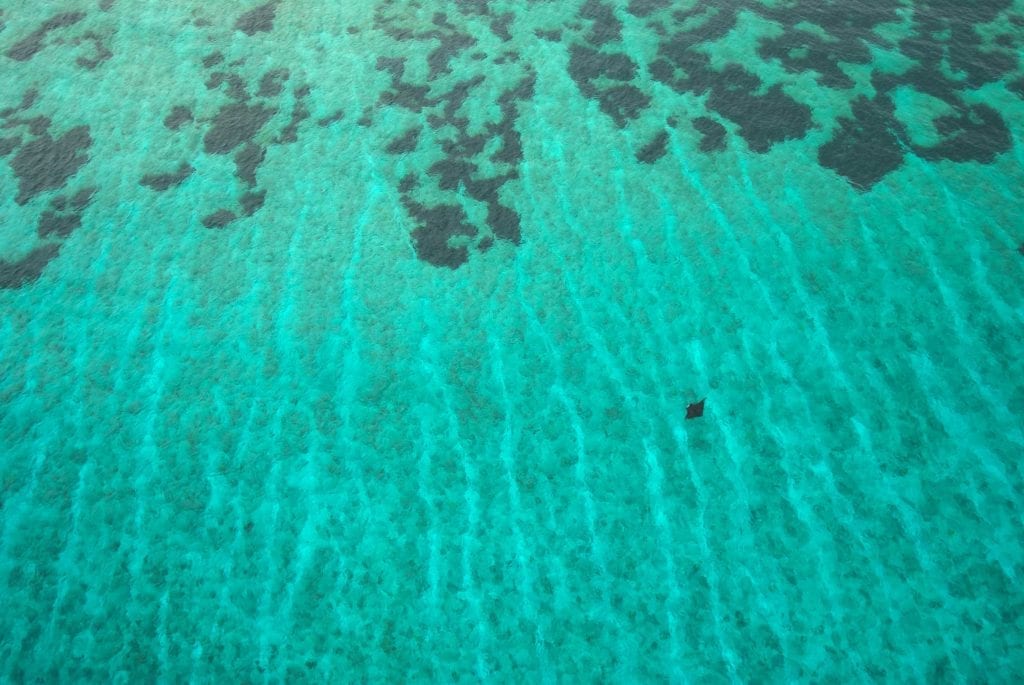
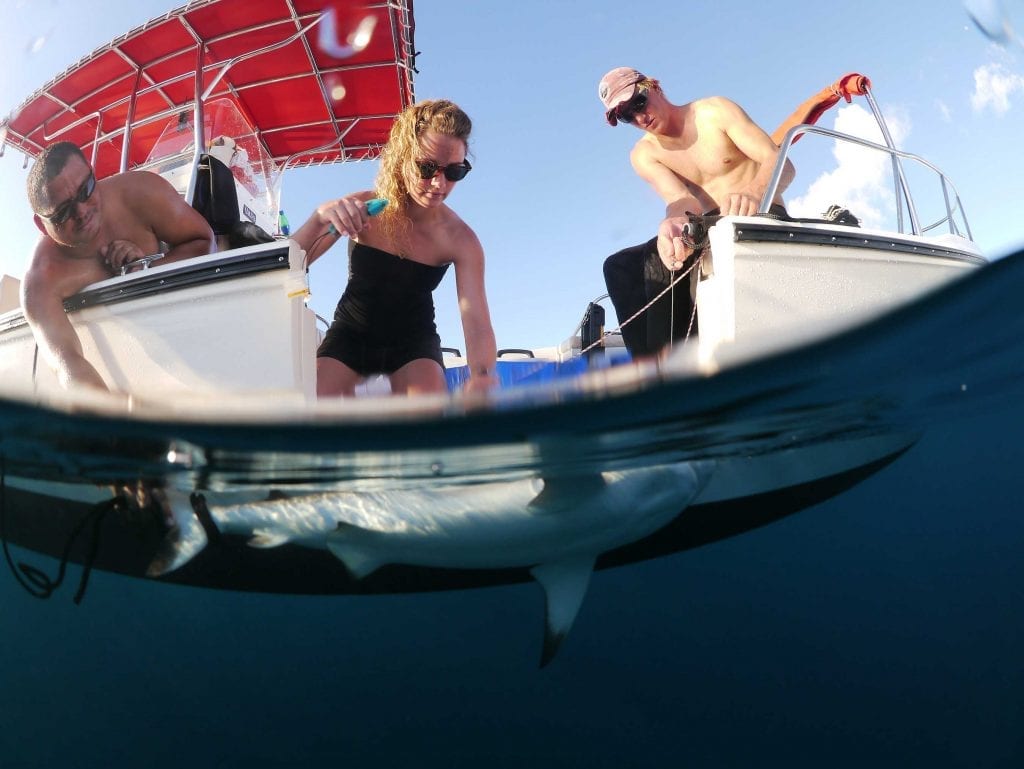
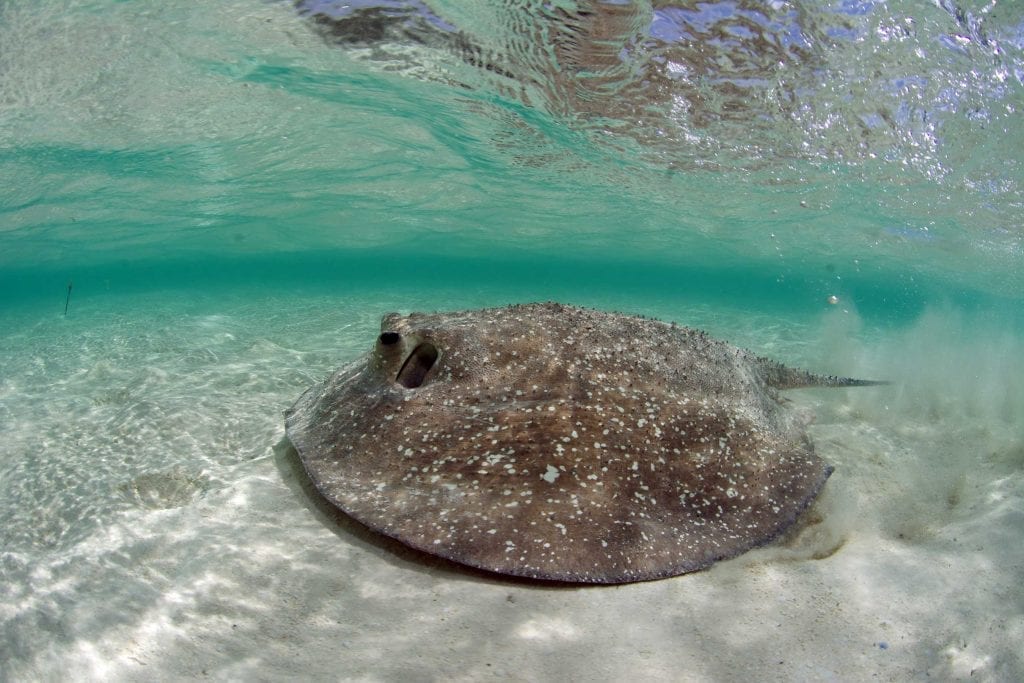
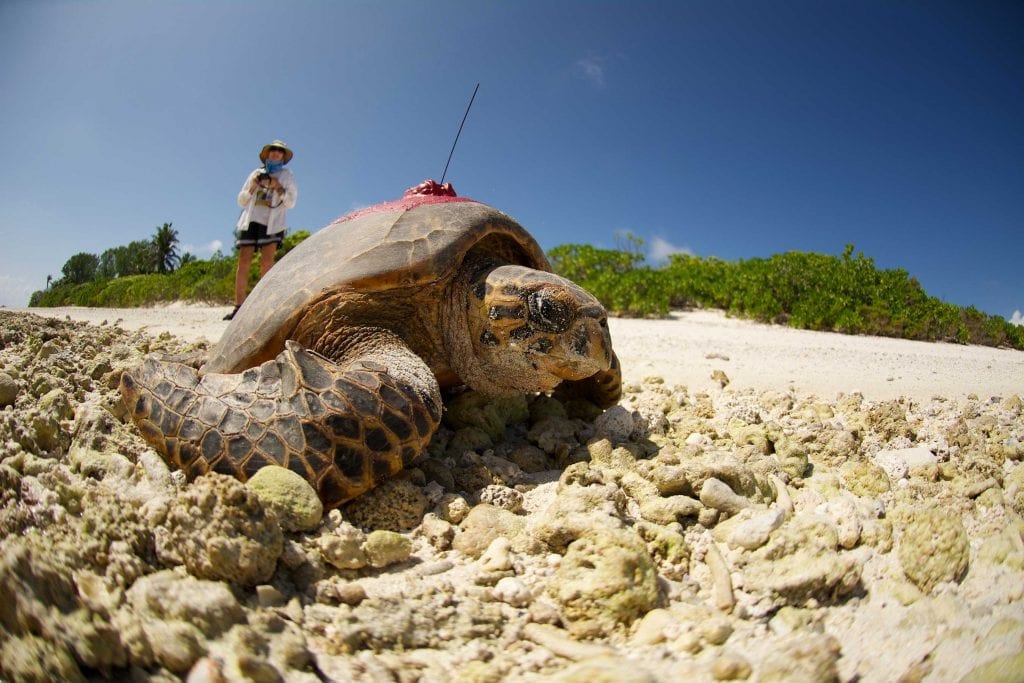
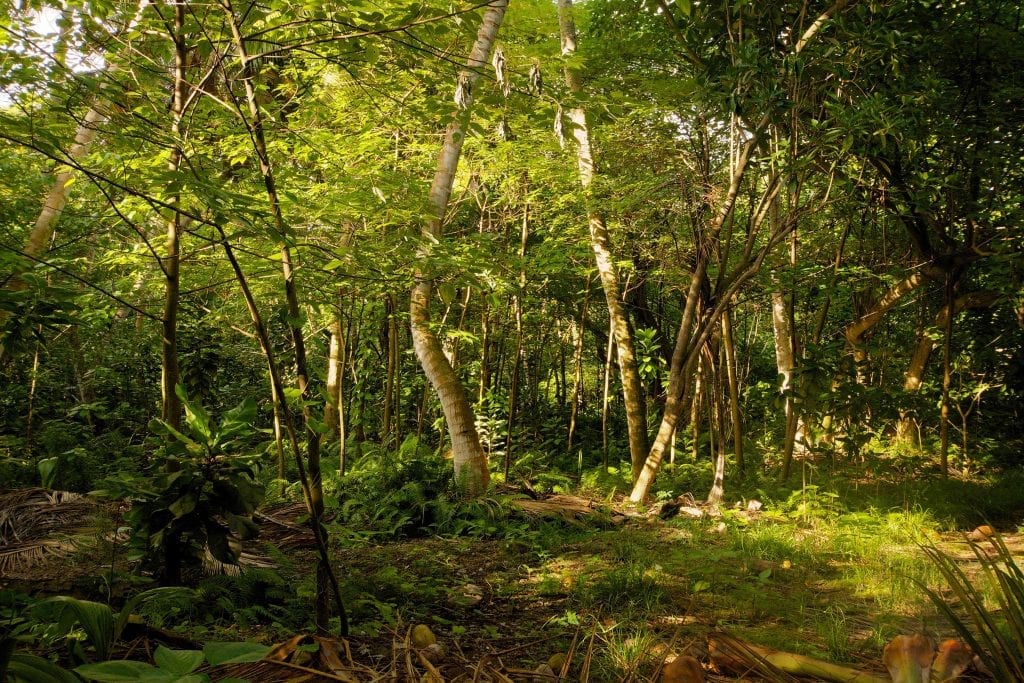
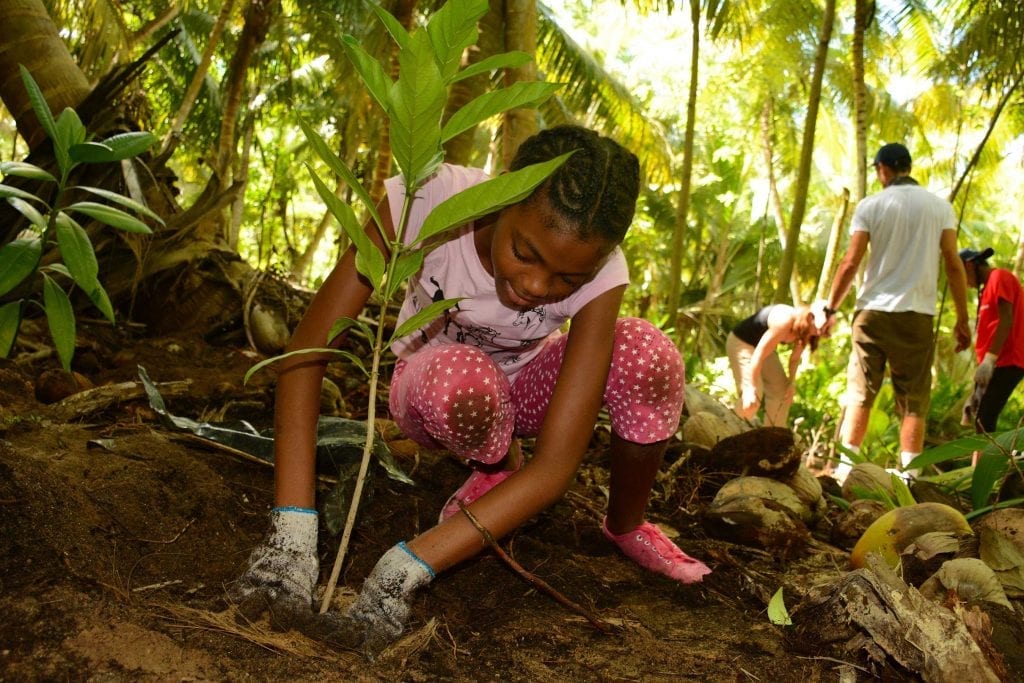
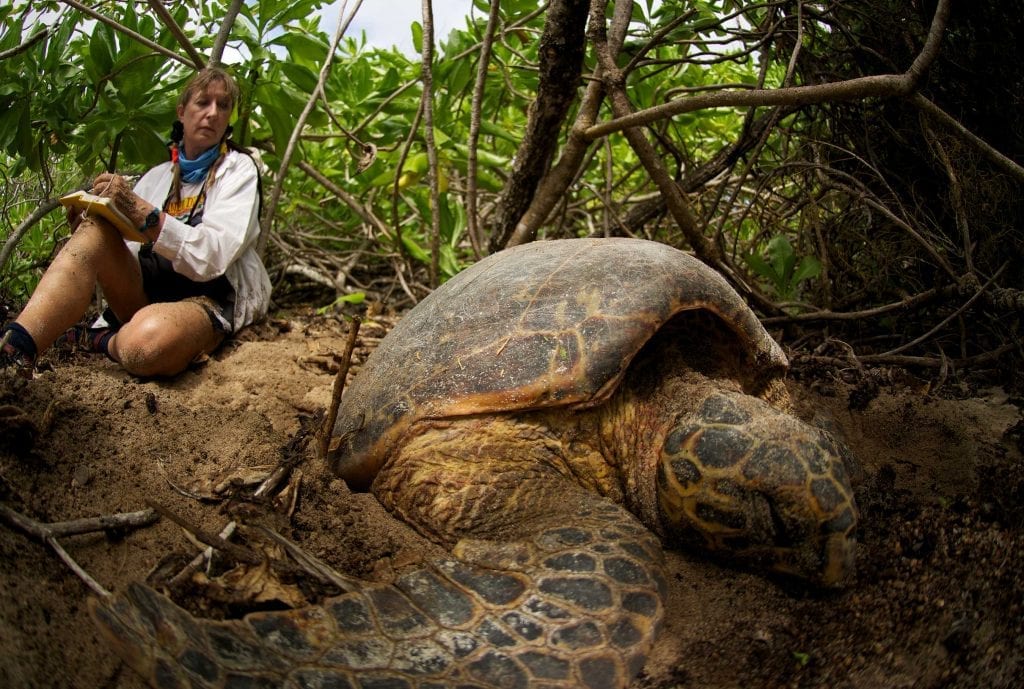
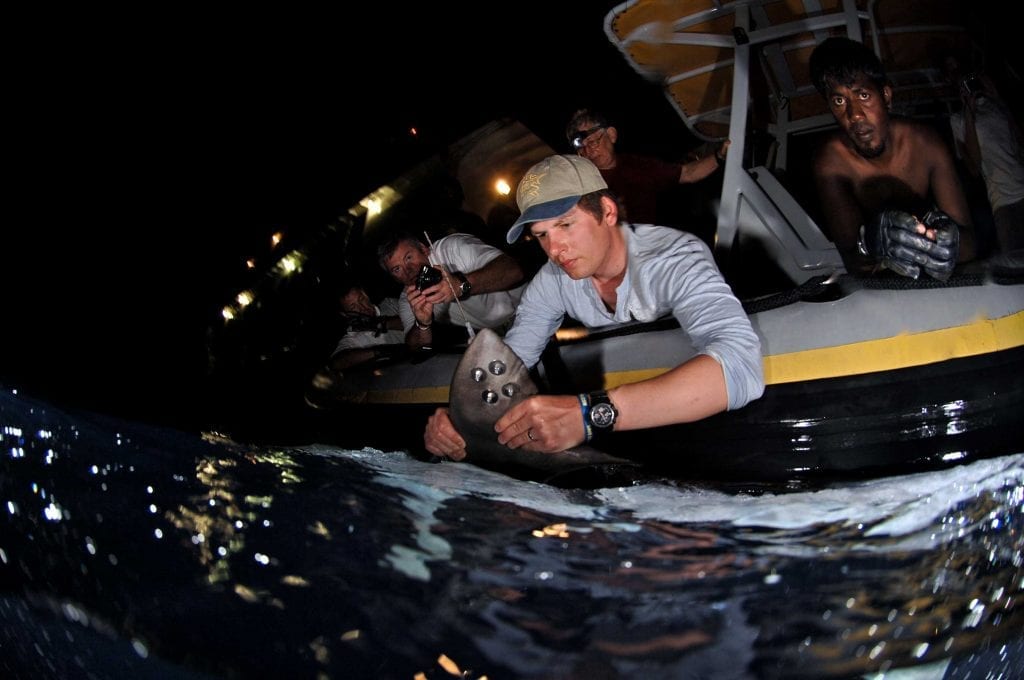
In a world that is moving so fast it is outpacing countless forms of life on land and in our oceans, places like D’Arros and St Joseph Atoll are increasingly rare, precious and important. Under the skilful protection of agencies like the SOSF and the government of the Seychelles, these tiny pockets of pristine wilderness will continue to provide us with a window into what the earth used to be like – and the creatures we shared it with.












